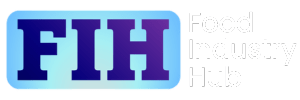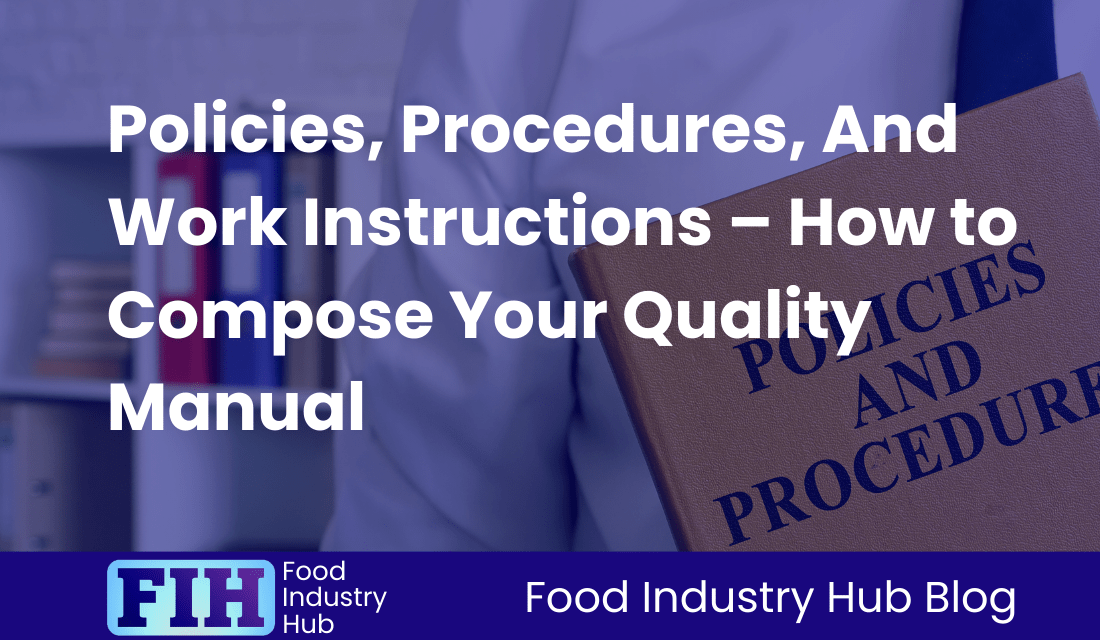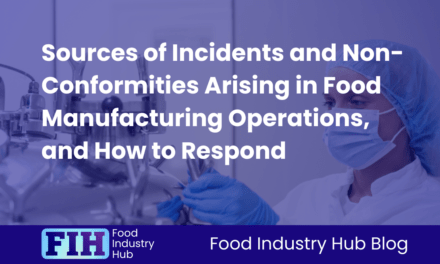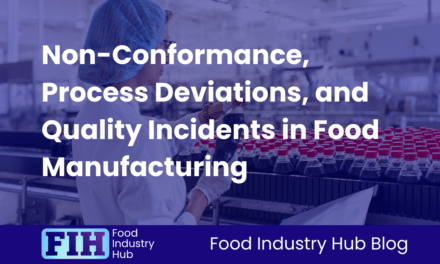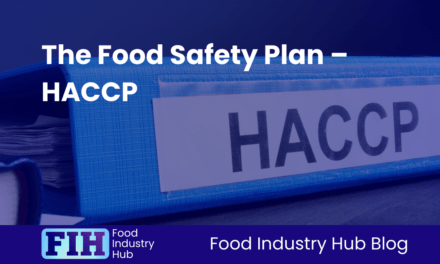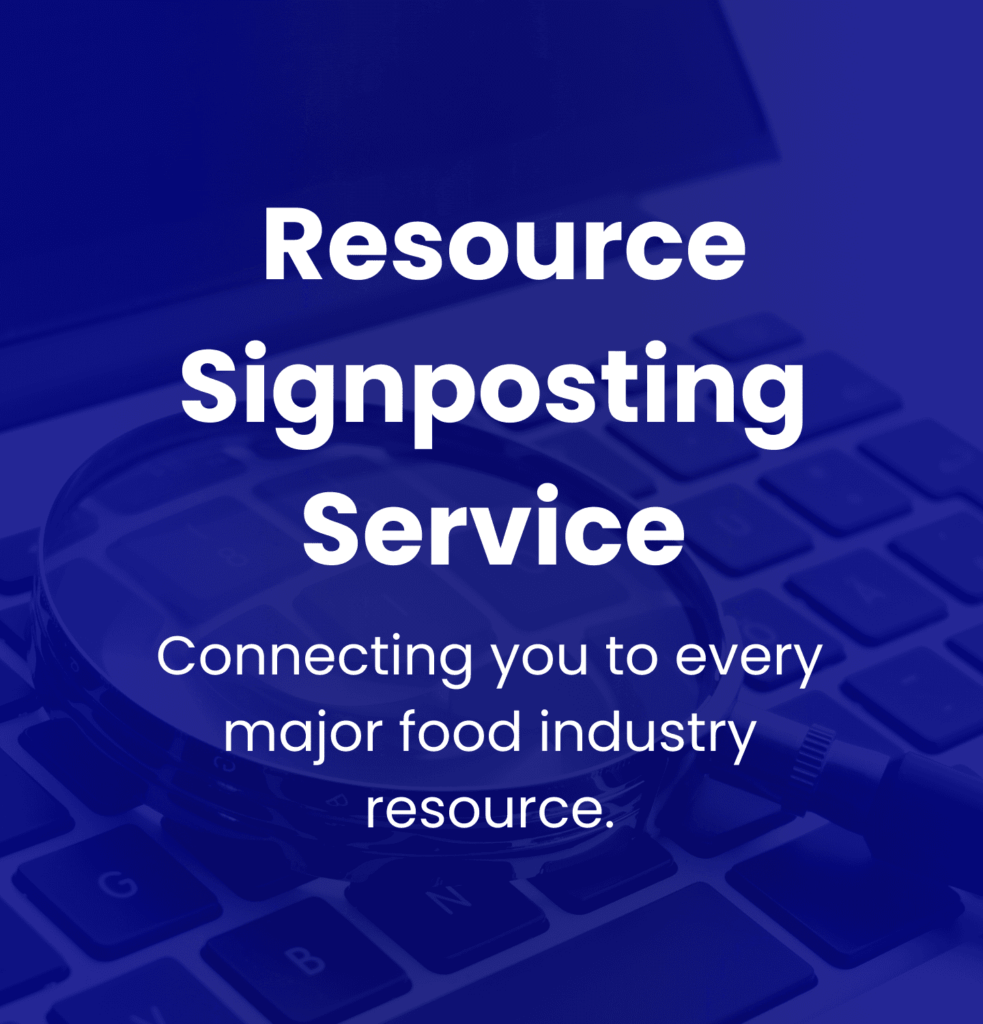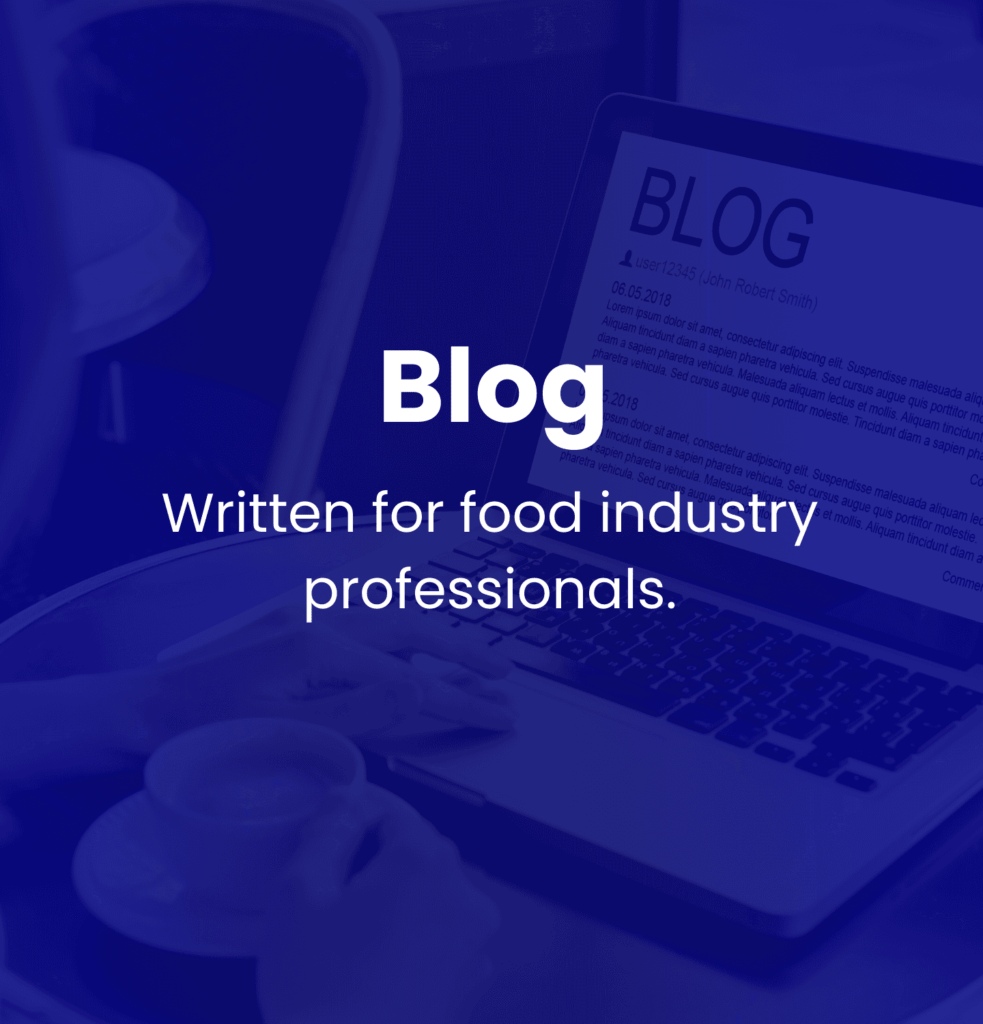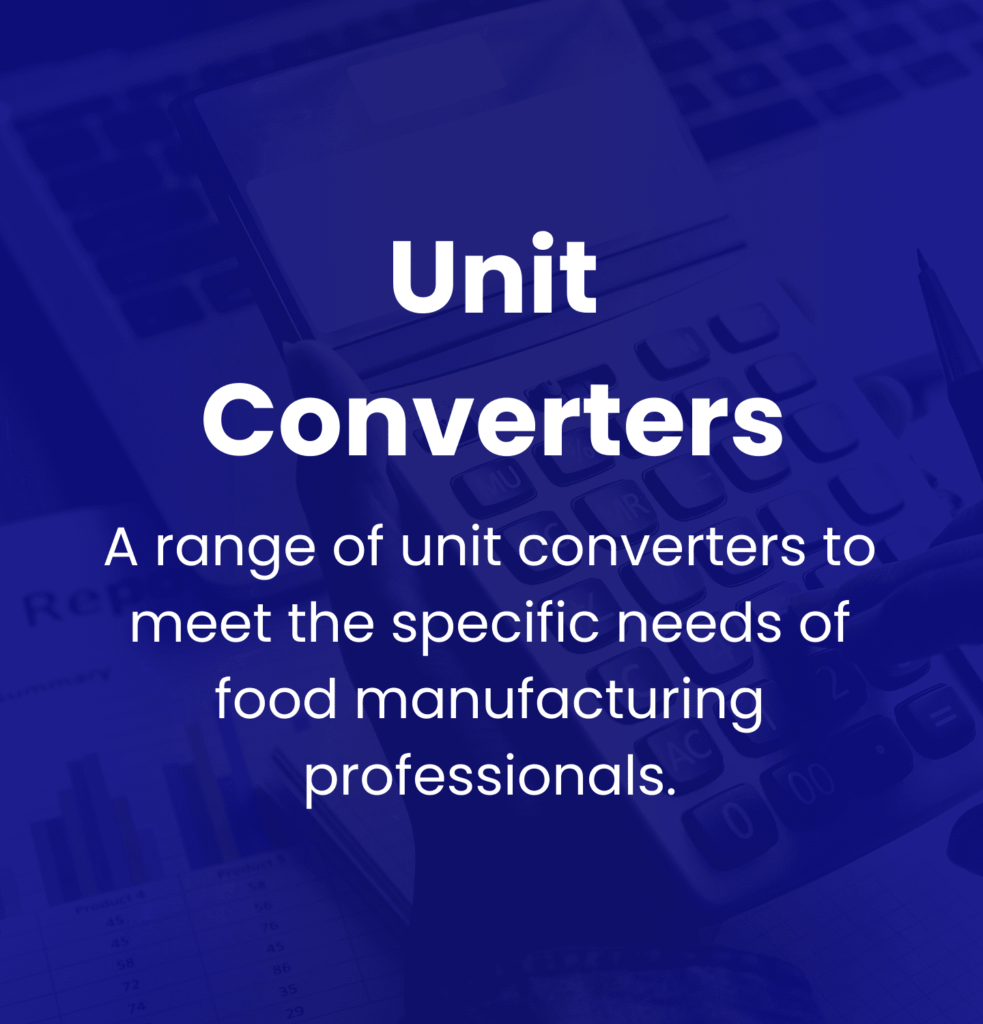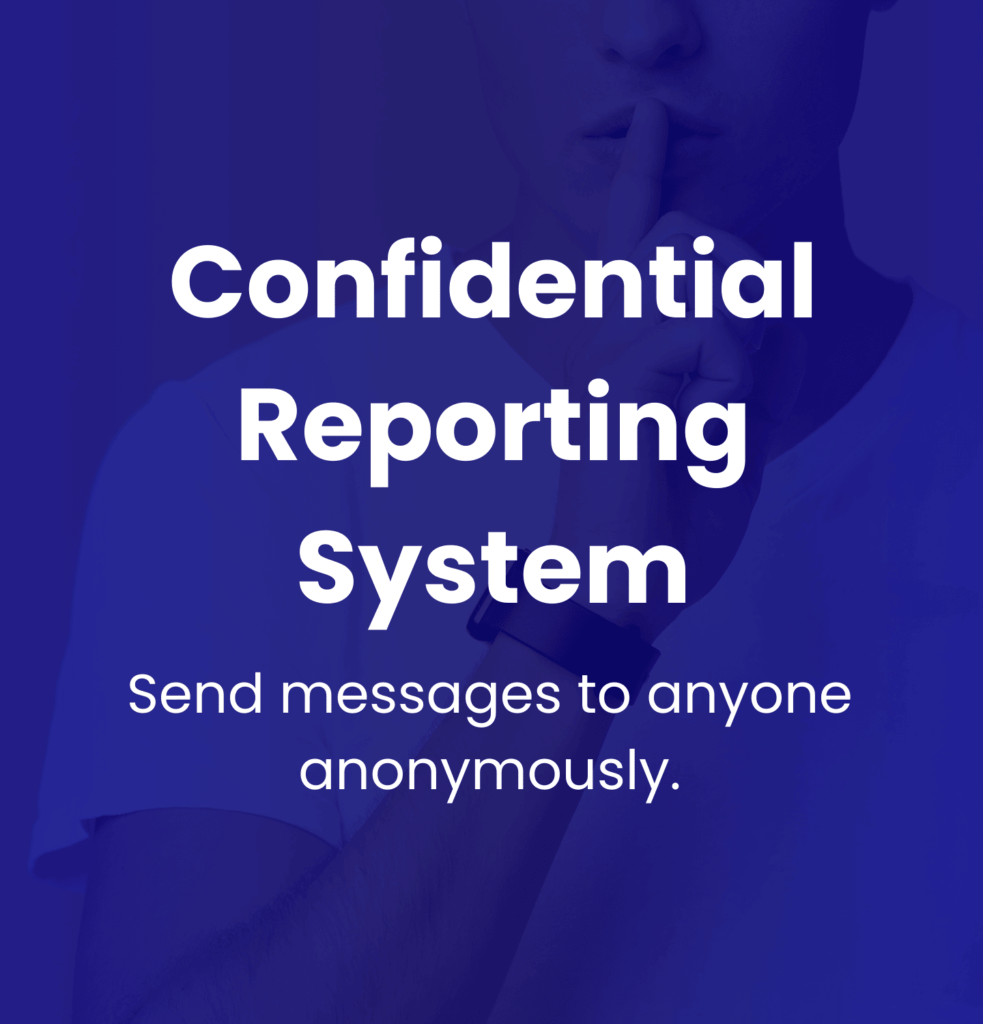Introduction
Policies, procedures, and work instructions are all important management documents that are used in food manufacturing to ensure that the production process is safe, efficient, and compliant with relevant regulations. In this post, we will define each type of document and provide advice on best practices for creating them.
Table of Contents
Defining The Documents
A policy is a statement of intent that sets out the overall framework for how a company will operate. In the context of food manufacturing, policies are used to establish the company’s commitment to food safety, quality, and compliance with relevant regulations. Policies typically set out the company’s objectives and the general principles that will guide decision-making and actions. Examples of policies in food manufacturing include food safety, quality, and allergen management policies.
Procedures, on the other hand, are more detailed and provide step-by-step instructions on how to carry out specific tasks or activities. In food manufacturing, procedures are used to provide guidance on how to handle raw materials, how to operate equipment, and how to conduct inspections and testing. Procedures should be specific, clear, and easily understood by all employees. They should also be regularly reviewed and updated to ensure that they are current and accurate.
Work instructions, also known as standard operating procedures (SOPs), are the most detailed and specific type of management document. They provide detailed instructions on how to perform a specific task or activity. In food manufacturing, work instructions are used to provide guidance on how to conduct specific tests, how to clean and maintain equipment, and how to handle specific ingredients or products. Work instructions should be written in simple and clear language, and should be easy to follow.
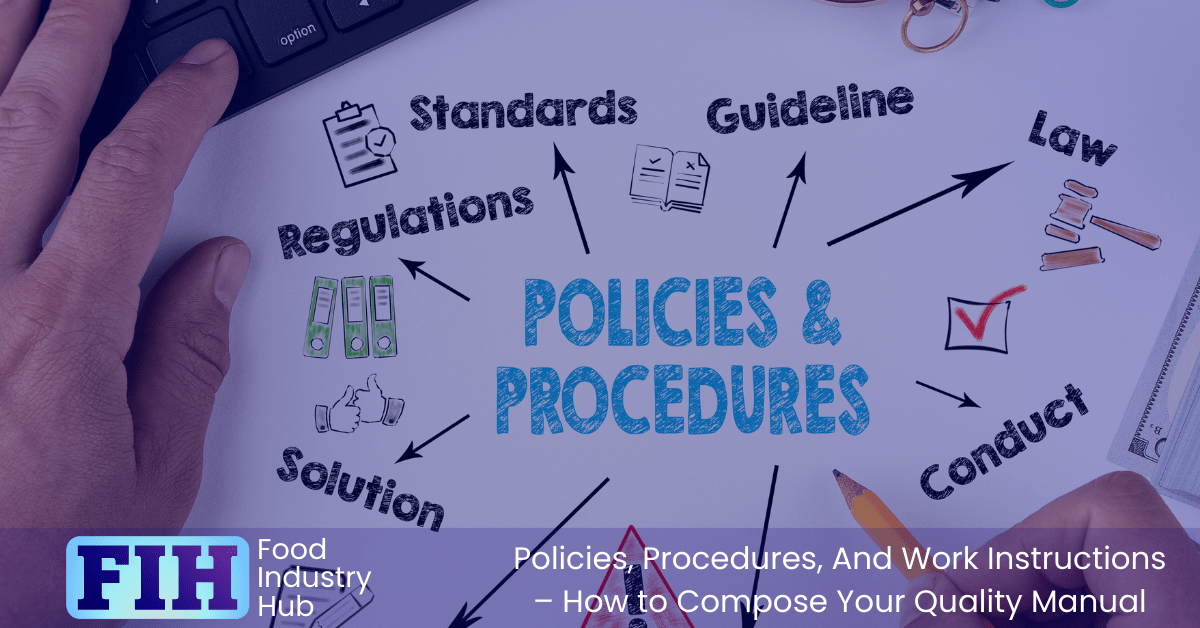
Food Industry Hub Management Systems provides a comprehensive digital solution for food safety and quality management, helping you to stay compliant and audit-ready.
Formulating Your Policies, Procedures, and Work Instructions
In terms of content, it is important to ensure that policies, procedures, and work instructions are aligned with relevant regulations and industry standards. It is also important to involve all relevant stakeholders in the development process to ensure that the documents are practical, realistic, and effective. It is crucial to incorporate a review and update process to keep the documents current and accurate as the industry environment evolves.
When developing policies, procedures, and work instructions for food manufacturers, it is important to consider the different types of risks that are associated with food production. This includes hazards such as microbiological, chemical, and physical risks. Policies, procedures, and work instructions should be developed to address these risks and to ensure that the food produced is safe for consumption.
It is also important to consider the different stages of the food production process when developing management documents. This includes raw material handling, production, packaging, and storage. Each stage of the process has its own unique risks and hazards, and policies, procedures and work instructions should be developed to address these risks.
Another important aspect of food manufacturing is compliance with relevant regulations. Policies, procedures, and work instructions should be developed to ensure that the company is in compliance with all relevant regulations, such as those related to food safety, quality, and labelling. This includes conducting regular audits and inspections to ensure that the company is in compliance with these regulations.
The use of clear, concise, and easy to understand language is important when developing policies, procedures, and work instructions. This helps to ensure that the documents are easy to follow and understand for all employees. It also helps to ensure that the documents are not open to interpretation, which can lead to confusion and errors.
It’s good to consider is the use of flowcharts, diagrams and other forms of visual aids when developing management documents. This helps to make the documents more visually appealing and easy to understand. It also helps to break down complex procedures into smaller and more manageable steps.
It is also important to consider the use of training and education programs when developing policies, procedures, and work instructions. This helps to ensure that all employees are properly trained and educated on the content of the documents, and that they understand the importance of following them. This also helps to ensure that the documents are effectively implemented and followed.
Regular reviews and updates are essential when it comes to management documents. As the industry evolves and new regulations are implemented, it is important to ensure that the documents remain current and accurate. This helps to ensure that the company is always in compliance with relevant regulations and that the documents are practical, realistic, and effective.
In addition to regular reviews and updates, it is important to have a system in place to track and document changes to the documents. This helps to ensure that all changes are properly documented and that the company is always in compliance with relevant regulations. This also helps to ensure that all employees are aware of the changes and that they understand the importance of following the updated documents.
It’s important to have an auditing system in place to monitor and verify compliance with policies, procedures, and work instructions. This helps to ensure that the documents are being effectively implemented and followed, and that the company is always in compliance. This also helps to identify areas for improvement and to take corrective action when necessary.
Policies, procedures, and work instructions are an essential part of food manufacturing to ensure that the production process is safe, efficient, and compliant with relevant regulations. By following best practices for creating these documents, food manufacturers can ensure that their operations are well-managed and that they meet the needs of all stakeholders.
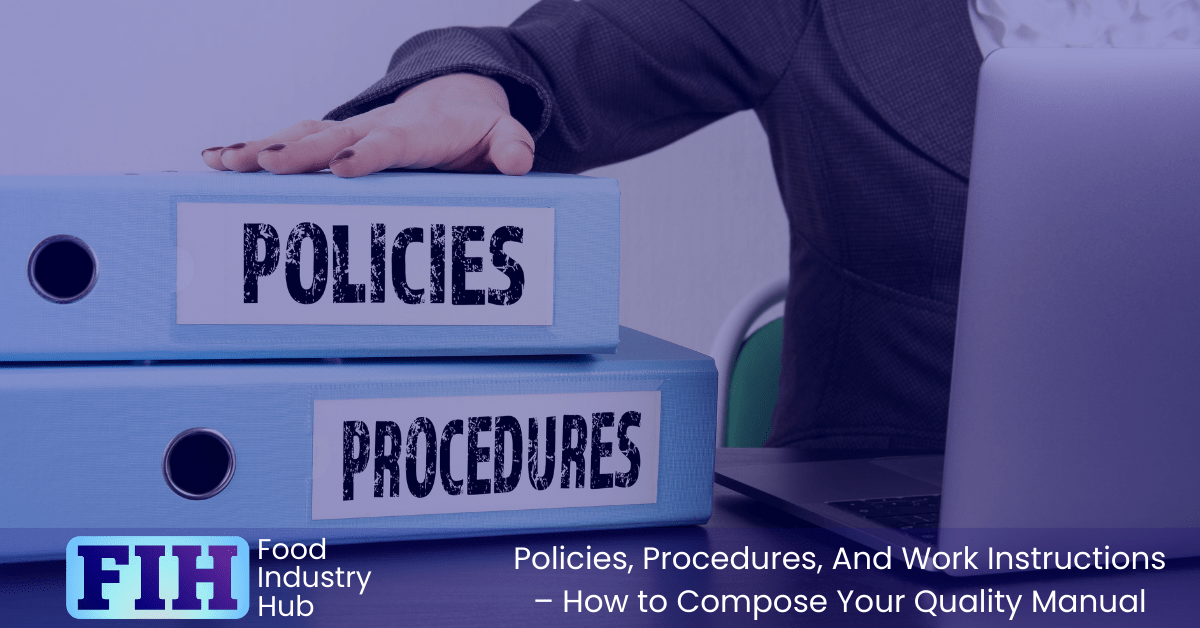
Sign-up for the Food Industry Hub Mail Service
We regularly produce new content for food industry professionals, and the Food Industry Hub Mail Service is the best way to stay up to date with the latest additions.
Signup today to be added to the Food Industry Hub mailing list.
What to Include in a Policy Document
Best practice for what to include in a policy document includes a clear and concise statement of the company’s objectives and the general principles that will guide decision-making and actions. It should be written in a way that is easily understood by all employees and stakeholders; and should be aligned with relevant regulations and industry standards.
When creating a policy document, it is important to consider the following:
The purpose of the policy: It should state the objectives of the policy and the reason for its creation.
Scope: It should specify the areas of the business or operations to which the policy applies.
Responsibilities: It should clearly outline who is responsible for implementing and enforcing the policy.
Procedures: It should provide an overview of any procedures or guidelines that are associated with the policy.
Compliance: It should state any relevant regulations or industry standards that the policy is intended to comply with.
Review and update: It should include a process for regularly reviewing and updating the policy to ensure that it remains current and accurate.
It is also beneficial to consider the use of visual aids, such as flowcharts, diagrams, and pictures, which can help to make the policy more visually appealing and easy to understand.
A well-written policy document should be clear, concise, and easy to understand, and should be aligned with relevant regulations and industry standards. It should also include a process for regular review and updates and should be supported by training and education programs.
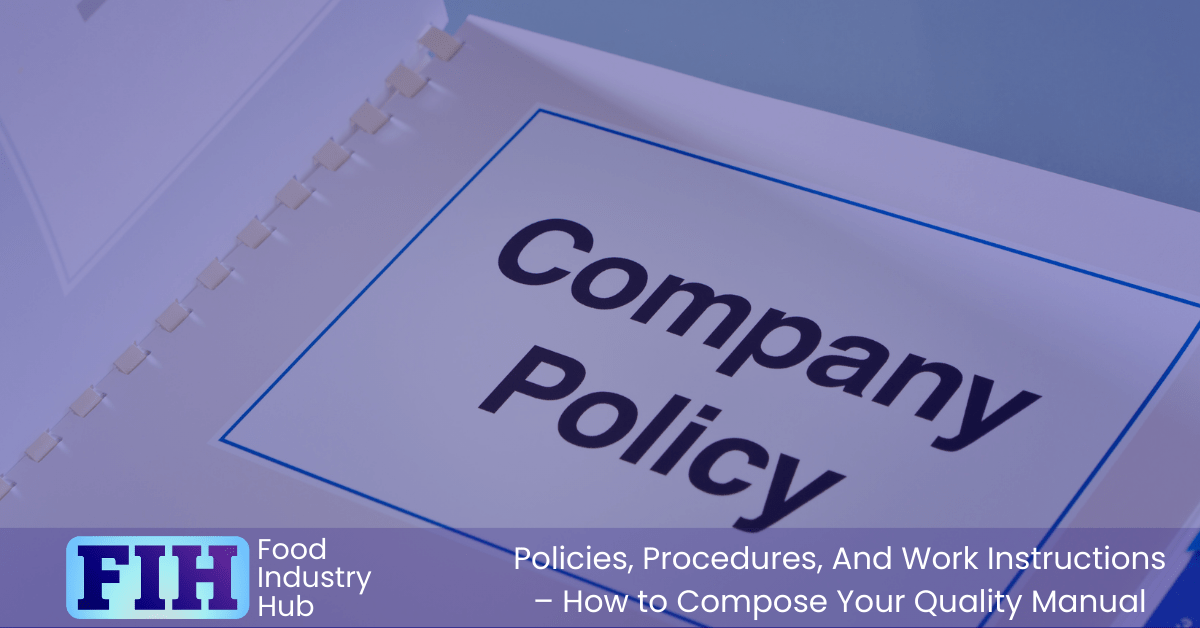
What to Include in a Procedure
A procedure document should include clear and detailed step-by-step instructions on how to carry out specific tasks or activities. It should be written in a way that is specific, clear, and easily understood by all employees, and implementation of the procedure should lead to the fulfilment of the intent of the associated policy.
When creating a procedure, it is important to consider the following:
Title and purpose: It should have a clear and descriptive title that accurately reflects the content of the procedure and should state the purpose of the procedure.
Scope: It should specify the areas of the business or operations to which the procedure applies.
Audience: It should specify who the procedure is intended for and what level of knowledge or experience is required to understand it.
Responsibilities: It should clearly outline who is responsible for implementing and enforcing the procedure.
Steps: It should provide detailed and specific step-by-step instructions on how to carry out the procedure, including any relevant information such as equipment or materials needed.
Compliance: It should state any relevant regulations or industry standards that the procedure is intended to comply with.
Review and update: It should include a process for regularly reviewing and updating the procedure to ensure that it remains current and accurate.
It is important to have a system in place to monitor and verify compliance with the procedure, to ensure that it is being effectively implemented and followed, and to identify areas for improvement and take corrective action if non-conformance is identified.
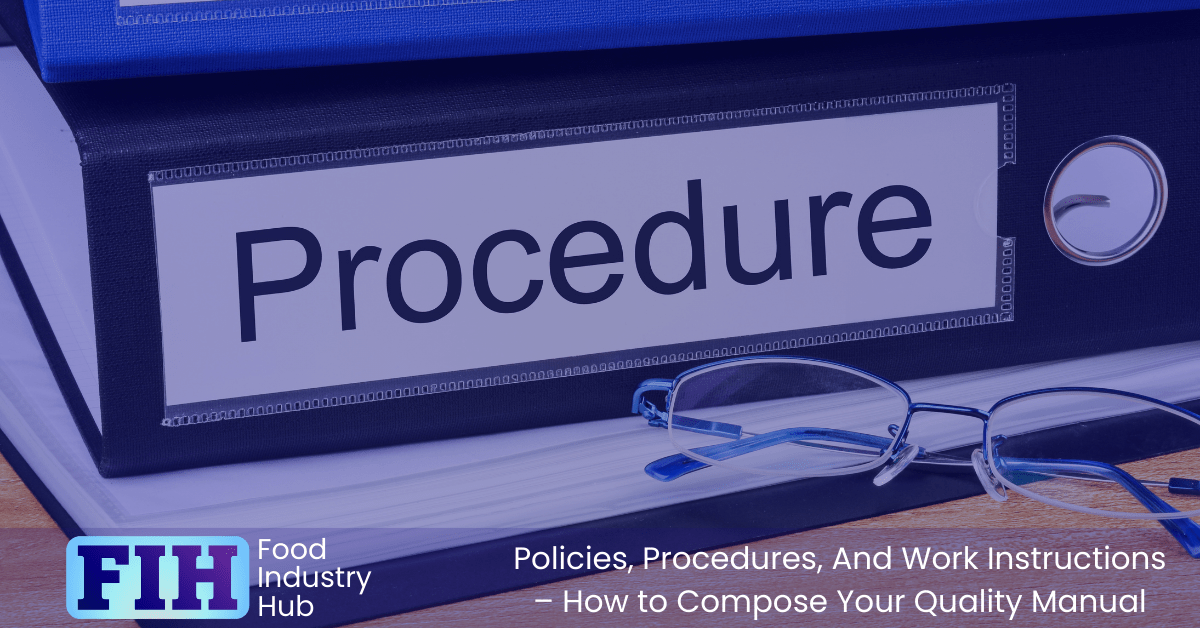
The Difference Between a Procedure and a Work Instruction
The main difference between a procedure and a work instruction is their level of detail and specificity.
A procedure is a document that provides general guidance on how to carry out specific tasks or activities. It is typically more high-level and broader in scope than a work instruction. Procedures are used to provide guidance on how to handle raw materials, how to operate equipment, and how to conduct inspections and testing. They are usually a step-by-step guide on how to accomplish a task, but they don’t go into the same level of detail as a work instruction.
A work instruction, also known as a standard operating procedure (SOP), on the other hand, is a document that provides detailed and specific instructions on how to perform a specific task or activity. It is more specific and detailed than a procedure, and it covers all the necessary steps and actions that are needed to be taken to complete a task. Work instructions are used to provide guidance on how to conduct specific tests, how to clean and maintain particular pieces of equipment, and how to handle specific ingredients or products.
You can think that a work instruction gives instructions on how to fulfil the expectations of a procedure – and a procedure outlines how the company will fulfil its policy. Policies are the least specific and most directional, while work instructions are the most specific and targeted documents.
In summary, Procedures are more general, high-level, and focused on the overall process, while Work Instructions are more specific and detailed and focused on the step-by-step execution of a task.
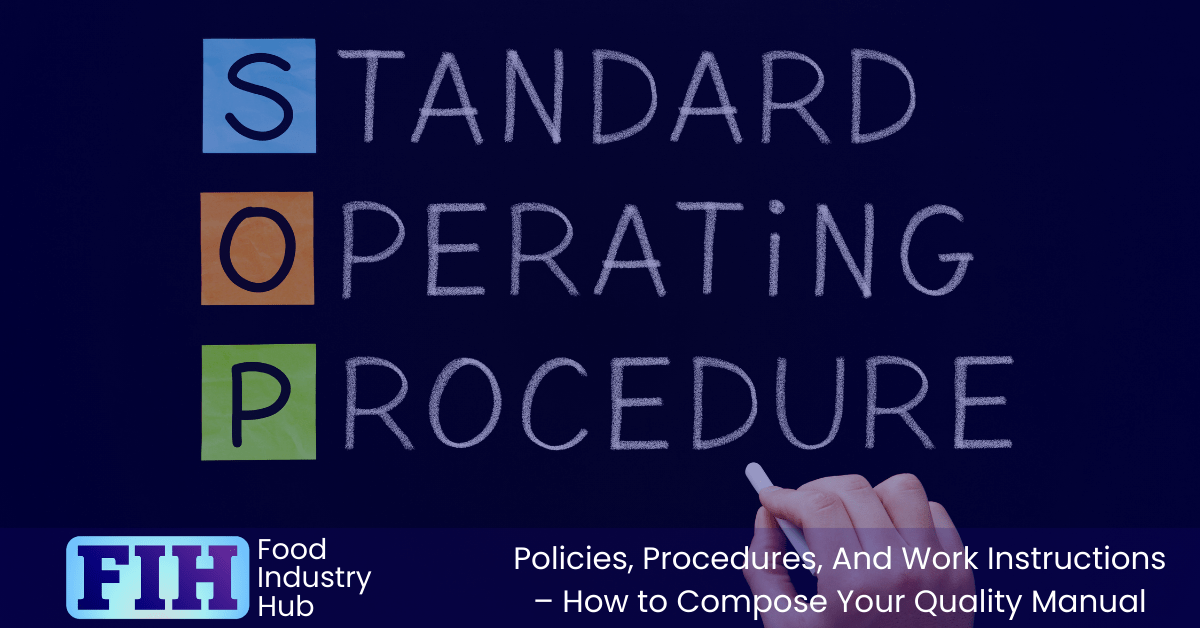
In Summary
Policies, procedures, and work instructions are all essential management documents that form the quality management system – used in food manufacturing to ensure that the production process is safe, efficient, and compliant with relevant regulations.
Each type of document serves a different purpose and has a different level of detail and specificity. Policies are a statement of intent that sets out the overall framework for how a company will operate, Procedures provide general guidance on how to carry out specific tasks or activities and Work Instructions provide detailed and specific instructions on how to perform a specific task or activity.
It is important to follow best practices when creating these documents, including involving all relevant stakeholders, ensuring alignment with relevant regulations and industry standards, and incorporating a review and update process to keep the documents current and accurate. By following these best practices, food manufacturers can ensure that their operations are well-managed and that they meet the needs of all stakeholders.
Further Resources
Food Industry Hub serves the food industry with a range of digital resources for the benefit of both commercial food manufacturers and food industry professionals.
For food manufacturers, we offer integrated management systems that give every user a direct interface with your QMS.
For food industry professionals, we provide an extensive signposting service in addition to informational content we hope you’ll find useful as you face new professional challenges. We have very ambitious plans to expand the range of services offered, and currently present informational content on management, safety and quality, and professional success.
